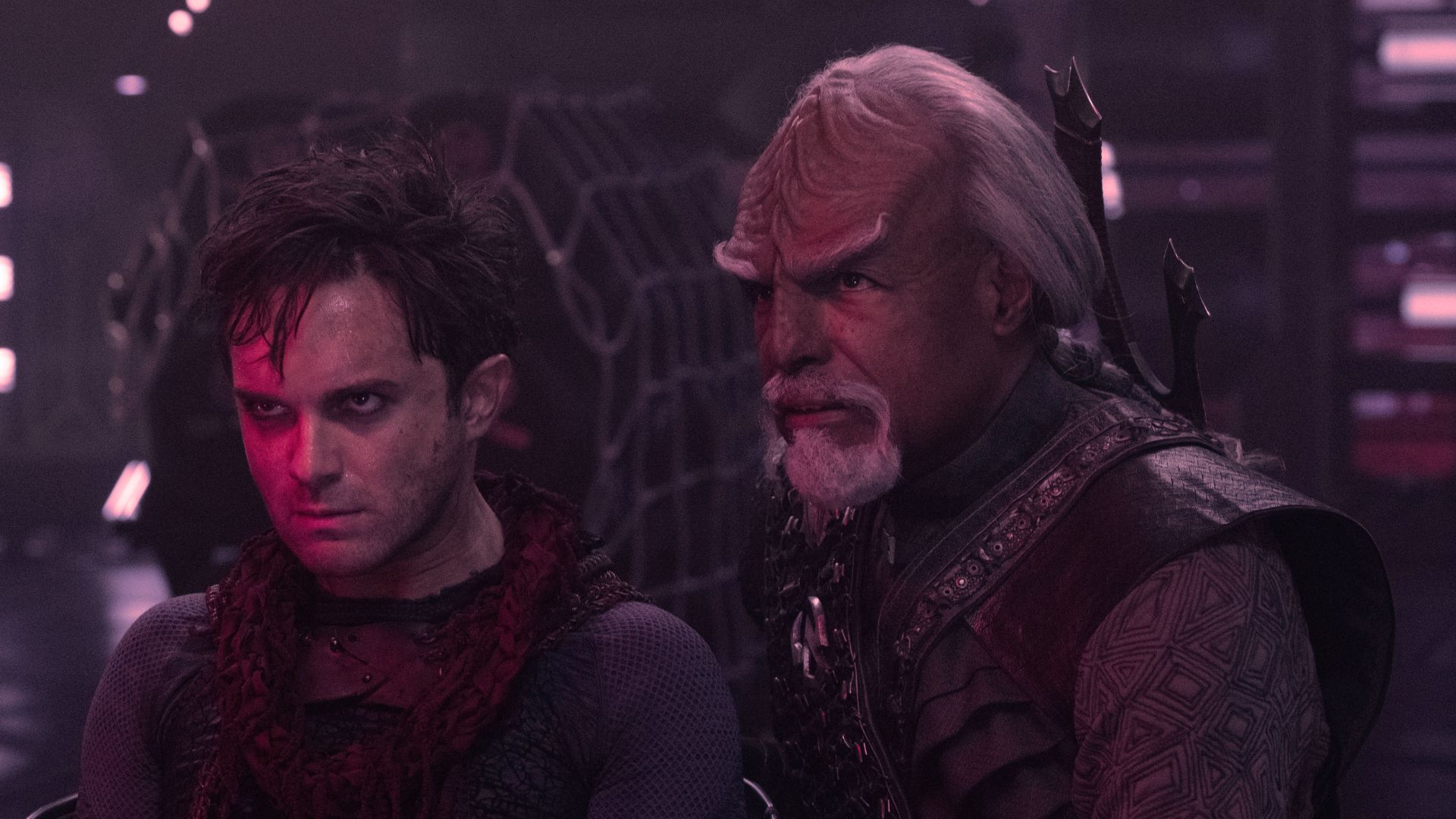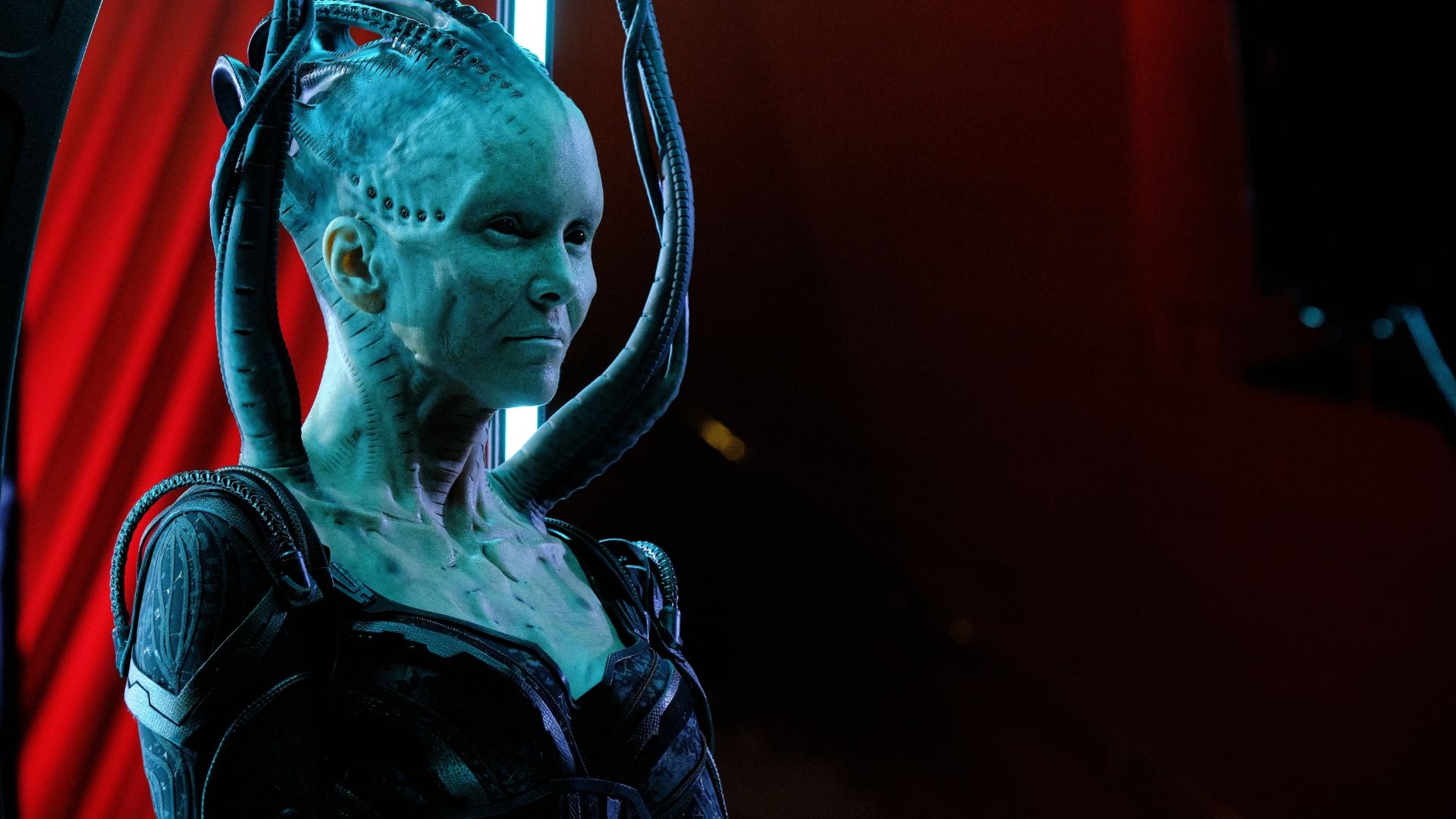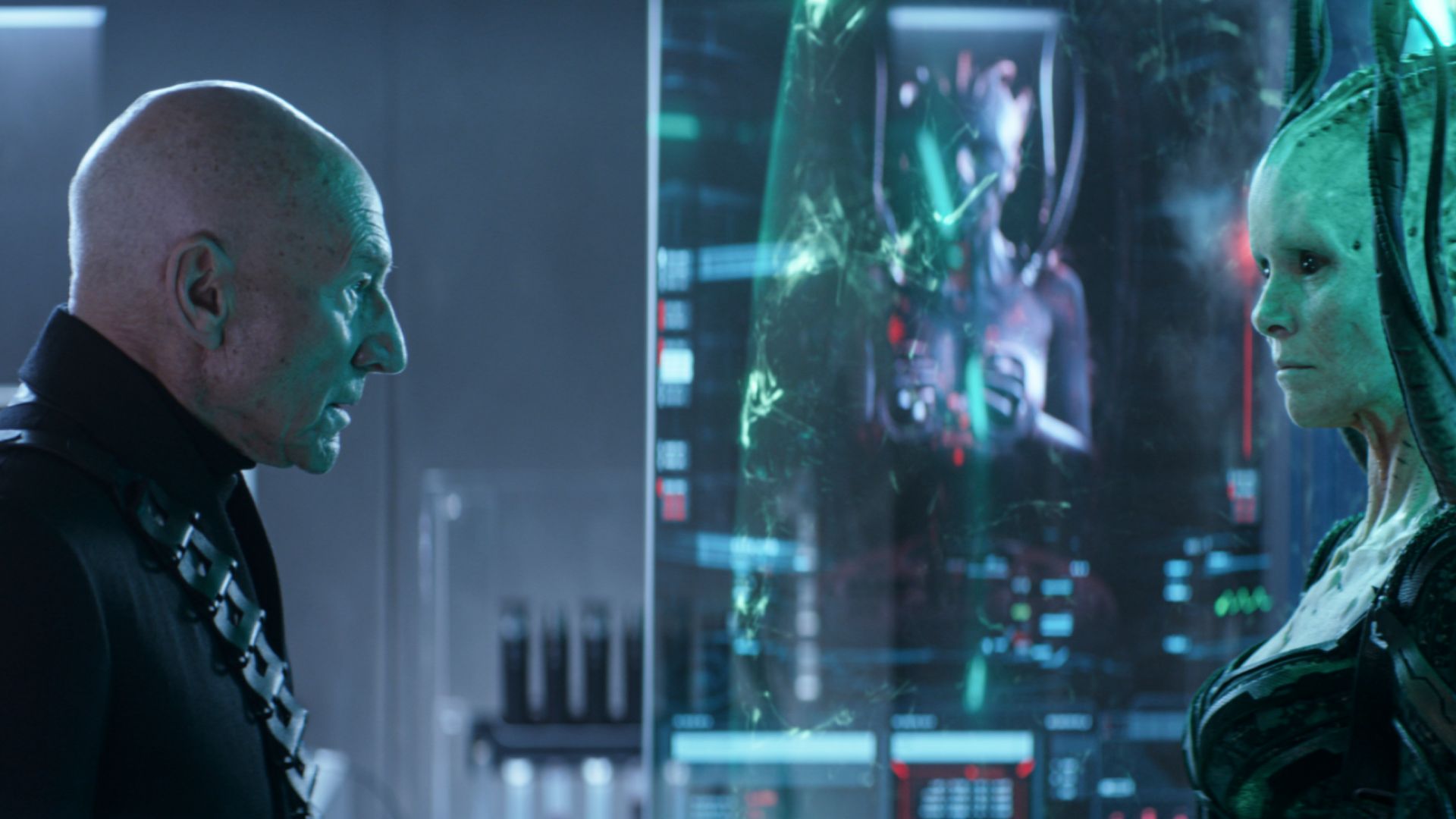The Borg are a spent force but Star Trek: Picard has found the perfect villains to replace them
The Borg have been defeated too many times to scare but Deep Space Nine antagonists the Changelings still have unfinished business

Spoilers ahead for Star Trek: Picard season 3.
They told us resistance was futile, and for a long time it was. For many years the Borg were the undisputed top dogs in the galaxy, able to add other species’ biological and technological distinctiveness to their own at will. But, in the three decades since their first encounter with the USS Enterprise-D, the Collective has lost so much of its edge that it’s hard to remember the last time the assimilation-happy cyborgs truly had the power to chill.
Since the Borg’s one-and-only big screen outing in First Contact, a succession of powers-that-be at Star Trek HQ have done everything they can to neuter a hive mind who were once – with the possible exception of one Khan Noonien Singh – the franchise’s greatest ever villains. Now, as the Next Generation crew return to make what could be their final voyage, ditching the Collective in favour of another antagonist from Trek’s ’90s heyday feels like a really smart move – and I, for one, welcome our new Dominion overlords.

First contact

How things have changed since our first encounter with a Borg Cube in ‘Q Who’, the standout story in The Next Generation’s mediocre second season. Back then, the Trek spin-off was having something of a villain problem, having lined up the comedic, money-grabbing Ferengi as the show’s new recurring Big Bads.
A single episode was all it took to elevate the Borg to the top table of Federation foes, after omnipotent trickster Q flung the Enterprise to the other side of the galaxy as punishment for Picard’s “we’re ready for anything” hubris. The crew simply had no answer to the Borg’s technological superiority and ability to adapt to their every move – in the end it was only Q’s finger-snapping intervention that saved them all from certain assimilation.
Even though Starfleet knew this new enemy would soon be paying them a visit, they were far from ready when a single Cube came a calling in ‘The Best of Both Worlds’, a two-parter that remains one of the greatest stories in Star Trek history. They Borgified Captain Picard during the encounter, turning him into their spokesperson Locutus, and all but wiped out the Federation fleet at Wolf 359. Earth was only saved from a cybernetic future by a slightly contrived moment of plotting, in which Data effectively put thousands of drones to sleep.
But the problem with villains – even the most powerful ones – is that as soon as you’ve defeated them once, everybody knows you can do it again. That’s why the Daleks and Cybermen rarely challenge the Doctor like they used to, and why resurrecting the Emperor for The Rise of Skywalker always felt like an act of desperation.
Get sneak previews, exclusive competitions and details of special events each month!
Borg again. And again. And again...

The Next Generation’s writers’ room identified the risks and never again engaged the Borg in a direct confrontation. Instead, ‘I, Borg’ explored the consequences of an individual drone being removed from the hive mind, before the subsequent ‘Descent’ two-parter saw an aimless Cube commandeered by Data’s morally dubious twin brother, Lore (one of Brent Spiner’s many Star Trek roles).
TNG’s writers even resisted the temptation to have a full-on space skirmish in the aforementioned First Contact, where the Enterprise was overrun by zombie-like drones in a Die Hard-esque siege movie. Unfortunately, the movie was to be the Borg’s last hurrah as a credible villain, and it could even be argued that its introduction of a Borg Queen – a dramatic necessity, perhaps, but also a contradiction to the concept of the Borg collective – did irreparable damage to their mystique.
In Star Trek: Voyager, Janeway and co’s frequent run-ins with Borg Cubes in the Delta Quadrant turned the Collective into de facto series regulars. And with ex-Borg Seven of Nine on the crew – to be fair, one of the standouts in the ensemble – a lone ship thousands of light years from home somehow found a succession of ways to defeat an enemy who had laid waste to the entire fleet just a few years earlier. When Voyager made it home after seven long years, the Borg had effectively been relegated to the less-threatening ranks of the Kazon, if not quite the status of the bumbling Ferengi.
A Changeling's as good as a rest

Fast forward to Jean-Luc’s long-awaited return in Star Trek: Picard and the Borg were effectively an exhibit in a living museum, before the Queen became little more than a time travel device in season two. While the Borg figurehead has been a gift to every actor who’s played her – in Picard, the late Annie Wersching steals every scene she’s in – the writers seemingly had no idea what to do with their Machiavellian agent of chaos. They ultimately settled on having her MacGyver a build-your-own unit of drones out of 21st century tech, before Dr Agnes Jurati (reluctant host of the Queen’s consciousness) gave her a lesson in the tenets of compromise. When they teamed up to create a new altruistic Collective built around the principles of consent, the Borg as we knew them were dead.
While they were certainly no longer a threat worthy of a full-on reunion of the Next Generation crew, the Trek back catalogue still had an ideal villain lurking in the background – an antagonist we hadn’t seen on screen since the 20th century and who still had plenty of unfinished business with the Federation.
The shapeshifting Changelings of the Dominion need little introduction to Trek fans, having spent most of Star Trek: Deep Space Nine at war with Captain Sisko. But, nearly 24 years after DS9 finale ‘What You Leave Behind’, they’re ripe for a comeback. Indeed, there’s every chance they’d have kept fighting the Dominion War had the shady spies of Starfleet’s Section 31 not committed a war crime by introducing a lethal virus into the Changeling ranks.
Crucially, they’re a very different enemy to the Borg. Sure, they share the ability to transmit their thoughts to one another – via the lake-like Great Link rather than cybernetic implants – but the fact they’re made of liquid and can assume the identity of any human (or alien) makes them uniquely dangerous. Anyone, anywhere could be the enemy within, meaning the officer at USS Titan’s science station could be just as much of a threat as the enemy starship on its viewscreen. Besides, if we could believe their shapeshifting abilities when rendered in the proto-CG of ’90s TV – still some way off the T-1000 effects in Terminator 2 – they’re not going to have a problem convincing us now.
The Changelings’ ethos also contrasts massively with that of the Borg. Where the Borg are on an egalitarian quest for assimilation and supposed perfection, the Changelings’ innate sense of superiority leads to an unwavering desire to conquer solid lifeforms – something that’s bound to be magnified in the extremist, breakaway sect making themselves a nuisance in Picard.
And as familiar as they are to Trek, the Changelings are one of the few old-school foes who’ve never crossed paths with Picard and his crew on screen. After Star Trek: Picard’s first two mixed bag seasons left many viewers cold, Star Trek: Picard belatedly has an antagonist worthy of its much-publicised final voyage. Now, in a show that’s been far too preoccupied with tying up the title character’s loose ends, Jean-Luc finally has an opportunity to live up to that old Trek mission statement: boldly going where he’s never gone before.
New episodes of Star Trek: Picard stream on Paramount Plus in the US every Thursday, and on Fridays in the UK courtesy of Prime Video.
Richard is a freelancer journalist and editor, and was once a physicist. Rich is the former editor of SFX Magazine, but has since gone freelance, writing for websites and publications including GamesRadar+, SFX, Total Film, and more. He also co-hosts the podcast, Robby the Robot's Waiting, which is focused on sci-fi and fantasy.


